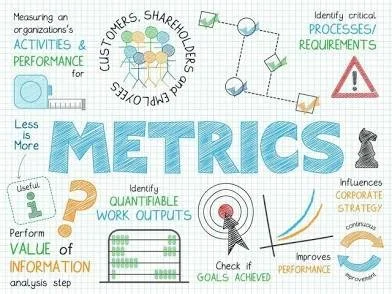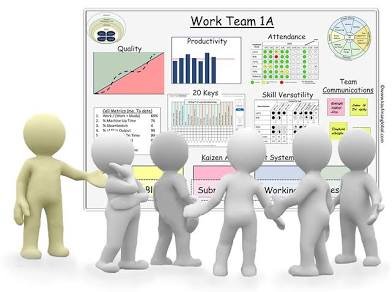Case Study: Driving Productivity through a Consistent Cadence at Titan Components
Titan Components, a manufacturer of precision-machined parts, was facing inconsistent production performance marked by missed deadlines, reactive firefighting, and poor cross-functional communication. While the company had elements of a Management Operating System (MOS) in place—such as team meetings and performance reviews—these were irregular and varied widely between departments. Without a consistent cadence, production teams struggled to anticipate issues, and leadership found it difficult to align daily operations with strategic objectives.
To address these challenges, Titan Components launched an initiative to establish a structured and repeatable cadence across all levels of the organization. This included implementing daily shift huddles for frontline teams, weekly production planning meetings for supervisors, and monthly performance reviews with senior management. Each meeting followed a standardized agenda focused on KPIs, problem-solving, and forward-looking actions. Managers were trained to facilitate these sessions effectively, ensuring discussions stayed focused and outcomes were documented and tracked.
The impact was immediate and significant. Within two months, Titan saw a 20% improvement in schedule adherence and a 12% increase in overall equipment effectiveness (OEE). Issues that previously escalated unnoticed were now identified and addressed early through daily huddles, while weekly planning meetings helped teams proactively allocate resources and manage capacity. Monthly reviews enabled senior leadership to identify recurring patterns and systemic issues, leading to data-driven improvements in processes and resource planning.
More importantly, the company experienced a cultural transformation. Employees across all levels reported feeling more connected to company goals and more confident in their ability to manage daily challenges. The predictable cadence created operational discipline and reduced last-minute surprises, contributing to a more stable and productive environment. By embedding a consistent MOS rhythm, Titan Components not only enhanced its operational predictability but also laid the foundation for sustainable productivity gains and continuous improvement.





